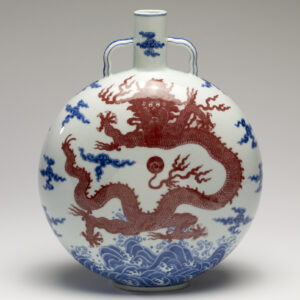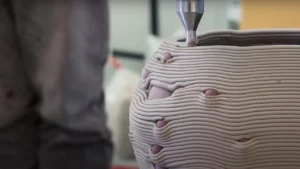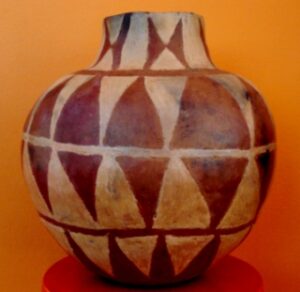5 strategies every professional potter needs, is geared towards helping professionals enrich their pottery skills. In the realm of pottery, where the dance of hands and clay spins stories of tradition and innovation, standing still is not an option for the dedicated artisan. The quest for mastery is endless, a journey on which the familiar becomes extraordinary through the touch of the master. If you’re a professional potter ready to thrust your skills into uncharted territories of creativity and expertise, prepare to embark on a transformative journey. Uncover the secrets to propelling your pottery from the realms of proficiency to the peaks of artistic innovation. Professional potters have to keep pushing boundaries, exploring uncharted materials, and continually refining one’s artistic voice.
Embarking on the quest for mastery in pottery, and as part of the 5 strategies every professional potter needs, one must first confront the challenge of porcelain. This demanding medium, renowned for its delicate beauty and notorious complexity, calls for a nuanced understanding and a gentle, yet firm touch. Mastery over porcelain not only signifies technical prowess but elevates the potter’s work into a realm of exquisite artistry, distinguishing their creations within the broader pottery community.

As we delve deeper into the essence of modern craftsmanship, the integration of digital tools emerges as a frontier worth exploring. The juxtaposition of digital precision with the organic spontaneity of hand-shaped clay offers a fresh canvas for creativity. It’s about harnessing technology to enhance, not replace, the intimate dance between potter, clay, and wheel. This fusion creates a symbiotic relationship where innovation breathes new life into ancient traditions, opening doors to shapes and forms previously consigned to the imagination. An example of this integration is the use of 3D printing technologies with clay. It gives room for the creation of complex, precise forms that would be incredibly challenging, if not impossible, to replicate by hand. This method marries the digital design process with the organic qualities of fired clay, producing objects that are both technically innovative and deeply rooted in ceramic tradition.

Yet, the soul of pottery does not solely reside in form but also in the finish – the alchemy of glazes. Venturing into the creation of custom glazes is akin to a painter mixing their pigments, offering a signature palette that transcends conventional aesthetics. This pursuit of unique glazes invites a deeper connection to the chemistry of materials, fostering a bespoke approach where each piece becomes a testament to the potter’s singular vision.

Challenging one’s art further, the transition to creating large-scale works presents an arena of growth. Such endeavours stretch the potter’s capabilities, both physically and creatively, demanding a comprehensive engagement with the medium that transcends the confines of smaller works. It’s a testament to patience, perseverance, and the ambitious spirit of the artist, showcasing their mastery over space, proportion, and the dynamic interaction of form.
Beyond the solitary act of creation lies the enriching path of collaboration. Cross-disciplinary projects offer a reservoir of inspiration, blending pottery with other art forms to create hybrid works that defy categorization. These collaborations are not merely about combining mediums but about weaving a dialogue between different artistic languages, each enriching the other, cultivating a fertile ground for groundbreaking works that resonate with a diverse spectrum of human experience. For example, pottery and painting. Painters can work with ceramicists to decorate pottery surfaces.
Pottery, at its zenith, transcends the act of creation, becoming a conduit for personal expression and innovation. For the professional potter poised on the brink of what’s known, the journey ahead promises a landscape ripe with potential. It beckons not just as a challenge to one’s skills but as an invitation to engage more deeply with the craft, to explore, and to redefine the boundaries of what pottery can be. In embracing this journey, your work does not just occupy space; it speaks, it interacts, and, most importantly, it evolves.
